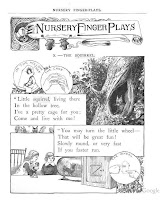Review from Internet Archives:
As the third screen adaptation of Frances Hodgson Burnett's popular novel(click to free copy), it is an avalanche of sweetness and sentimentality only '30s Hollywood could pull off without having audiences run from theatres in search of insulin. One of the reasons why is this amazing cast of superb character actors (in order of appearance): Una O'Conner, Jessie Ralph, Guy Kibbee, Henry Stephenson, C. Aubrey Smith, Constance Collier, E.E. Clive, plus many more. The title role is played by Freddie Bartholomew, a child actor much loved by mothers and grandmothers, and thoroughly detested by us kids growing up on the lower west side of Manhattan. Delores Costello is his widowed, self-sacrificing mother. Mickey Rooney has a small but important role.
A nine-year-old Brooklyn boy living in genteel poverty, is told he's heir to a British earldom. This necessitates his move to England to live with the aristocratic grandfather he's never known. (Have the first hankie ready for Bartholomew's farewell scenes. Save the second hankie for moisture-inducing scenes to come.) A sudden turn of events puts everything in jeopardy. Nevertheless the plucky lad eventually triumphs. The large cast has no weak links. However the great (sir) C. Aubrey Smith turns in the outstanding performance as Bartholomew's misanthropic grandfather.
Excellent production values, thoroughly professional camera work and skillful direction designed to wring out every last drop of sentiment, results in industrial-strength schmaltz you will either love or hate. I love it.
See here for better quality movie download and viewing. Smaller sized download here. Free and in public domain.



















